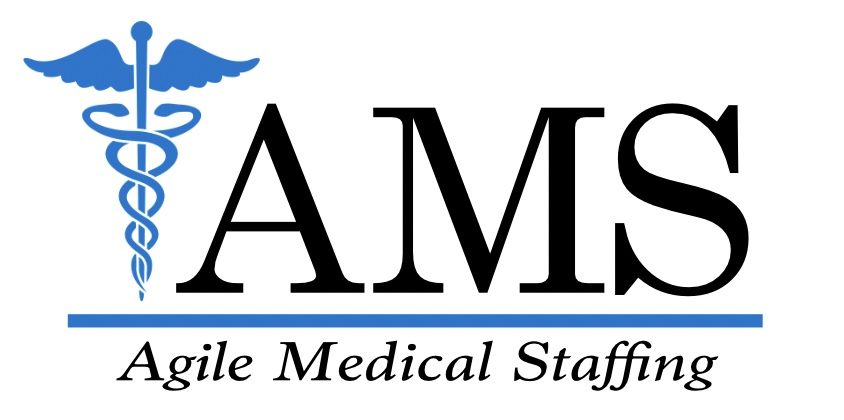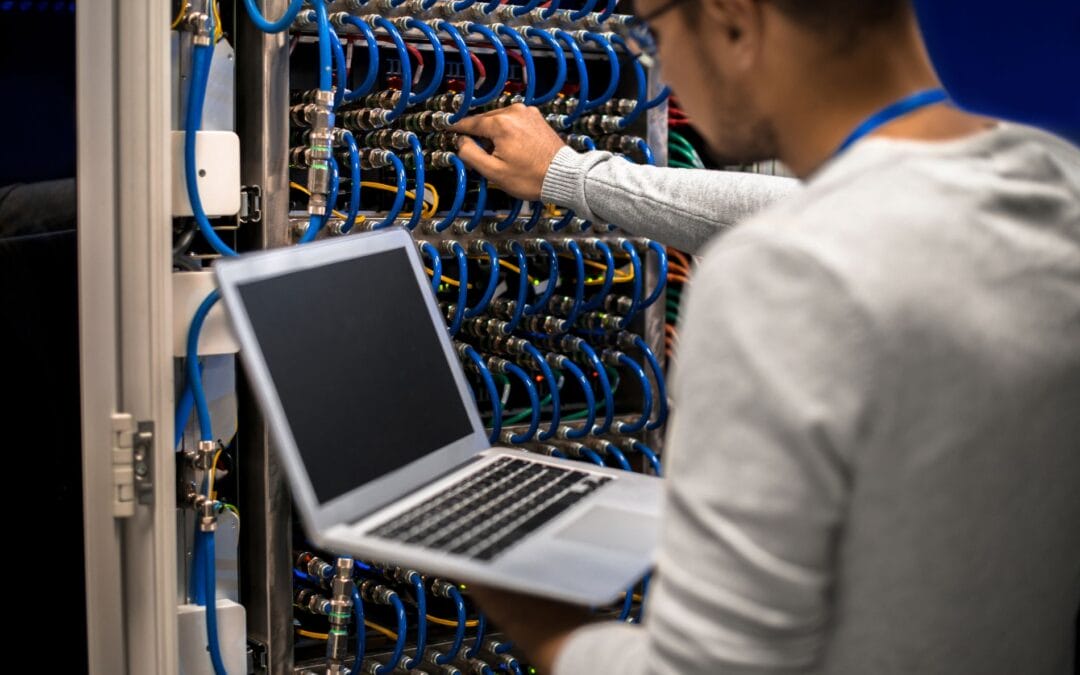Medical facilities in Dallas are using more connected tools now than ever before. From electronic health records to remote monitoring equipment, the systems hospitals and clinics rely on are all tied into a larger network. When that network isn’t secure, it puts patient privacy and day-to-day operations at risk. One glitch or data breach can impact everything, from how nurses chart information to when patients get results.
IT network security in healthcare isn’t just about locking down devices. It’s about keeping entire systems safe, while still allowing teams to do their jobs without hitting constant roadblocks. Dallas medical facilities often juggle a wide mix of software, vendors, and specialists, and that layered environment makes it harder to manage security consistently. When gaps in defense go unnoticed, threats can slip in and cause real problems.
Understanding IT Network Security Essentials in Healthcare
Medical networks store and move sensitive information every day. This includes everything from patient diagnoses to billing details. When that data isn’t protected properly, the stakes are high—both legally and clinically.
Some of the most common security risks in healthcare include:
1. Phishing emails that trick staff into clicking bad links
2. Malware that infects systems and slows operations
3. Ransomware attacks that lock up data unless a payment is made
4. Weak passwords or outdated software that open the door for hackers
5. Unauthorized devices connecting to the network
These aren’t just IT problems. They’re real disruptions to care delivery. For example, imagine a nurse about to prep meds for a patient when the system freezes because of a ransomware attack. Delays like that add stress to staff and reduce trust with patients.
To reduce these risks, medical facilities should focus on a few foundational practices:
1. Use firewalls and antivirus tools to create a solid first layer of defense
2. Set up multi-factor authentication for systems with private data access
3. Keep software updated across all devices, not just main computers
4. Limit access based on work roles, giving employees only the data they need
5. Regularly back up information in case recovery is needed
Compliance also plays a role. Regulations like HIPAA are there for a reason. They help create expectations around how data should be handled, transmitted, and stored. But just checking compliance boxes isn’t enough. True IT security means staying ahead of threats, not reacting once something breaks. When the law sets the minimum, facilities should aim higher to keep their systems dependable and safe.
Implementing Strong IT Network Security Practices
Once the basics of network security are in place, the next step is building a solid routine. It’s one thing to install tools and set up some rules, but staying secure takes more than a one-time setup. For healthcare facilities in Dallas, that means building a strategy that works with their unique demands—fast-paced environments, high stakes, and round-the-clock operations.
A reliable plan includes clear steps everyone understands. Start by making sure there’s a process in place for identifying risks early. That may come from regular scans, reviews of user activity, or feedback from team members who spot something strange. When identified early, problems are easier to contain and fix.
Security isn’t just IT’s job. Front desk staff, nurses, and even temporary workers need to know their role. Training programs don’t have to be long or technical. Instead, they should help everyone recognize warning signs, like strange emails or odd pop-ups. Review them often enough that it sticks.
Routine system checks are another piece of the puzzle. A few good habits to bake into your operations include:
1. Performing scheduled audits of internal systems
2. Reviewing access levels for all staff and removing unused accounts
3. Replacing outdated hardware or software that lacks ongoing support
4. Testing backup systems regularly to make sure recovery is possible
Keeping these checks on a schedule, not waiting until something breaks, makes it easier to stay ahead instead of playing catch-up.
The Role of Healthcare IT Staffing in Dallas
Staffing plays a bigger role in network security than most people realize. When medical facilities in Dallas bring in IT professionals who understand both technology and healthcare, it closes a lot of gaps. The team managing security needs to know how hospital workflows function, what kind of data travels through the network daily, and where the soft spots are.
Local candidates often come with helpful insight. They’re more familiar with the specific tools used within Dallas-area systems and understand what regulators look for in audits. That’s useful when time is tight or when leadership needs a fast response to an issue.
When IT staff are well-matched to your facility, they can:
1. Build or revise a site-specific security strategy
2. Help train clinical teams on how to follow new protocols
3. Manage long-term tools like firewalls, filters, and data storage
4. Lead investigations when unusual network activity is reported
5. Step in during vendor changes or system upgrades to keep transitions smooth
Having the right people in these seats means you’re not constantly reacting. Instead, you get into a rhythm where updates, improvements, and quick fixes are part of everyday operations.
Preparing for Future IT Security Challenges
Security threats don’t stand still. New types of malware pop up, and tech vendors change their services without much warning. What worked last year might not be enough anymore. That’s why it helps to think of network security as a moving target, something you’re meant to track and adjust, not just lock down once and forget.
Staying ready means keeping up with changes in both the medical field and network security. That doesn’t require deep technical knowledge from everyone on staff. But leadership should make it easy for IT pros and admins to access learning tools, attend training events, and join monthly check-ins.
Flexibility helps too. Some new threats can’t wait for a committee to approve a fix. If your current setup is too slow to respond to outside risks, it’s time to rethink how decisions get made. Speed matters in security, especially when downtime can interrupt patient care or force schedule changes.
One small example: a clinic using an older version of a software system starts seeing errors during regular use. A tech-savvy team member notices those glitches and flags them right away. Instead of ignoring the issue or waiting for a full breakdown, the IT lead checks for patches and applies the fix that night. By the next morning, everything’s running again, no harm done.
Safeguarding Your Medical Facility in Dallas
Building and maintaining strong IT network security is never just a one-time project. It’s a habit that lives inside your routines, updates, training, and hiring strategies. Every person working at a medical facility counts on that system to run smoothly, day in and day out. That’s why cutting corners or postponing adjustments usually comes back to bite later.
Dallas medical facilities have unique needs, but strong network protection starts the same way everywhere: with a plan, the right team, and the mindset to adjust when things shift. Having dependable systems in place keeps your people focused on what really matters—caring for patients instead of cleaning up after preventable tech issues.
To keep your medical facility’s network secure and operating without disruption, having the right tech-minded support in place makes all the difference. By focusing on healthcare IT staffing in Dallas, you can improve both your digital defenses and day-to-day efficiency. Partner with Agile Medical Staffing to find professionals who really understand the intersection of healthcare and technology.







